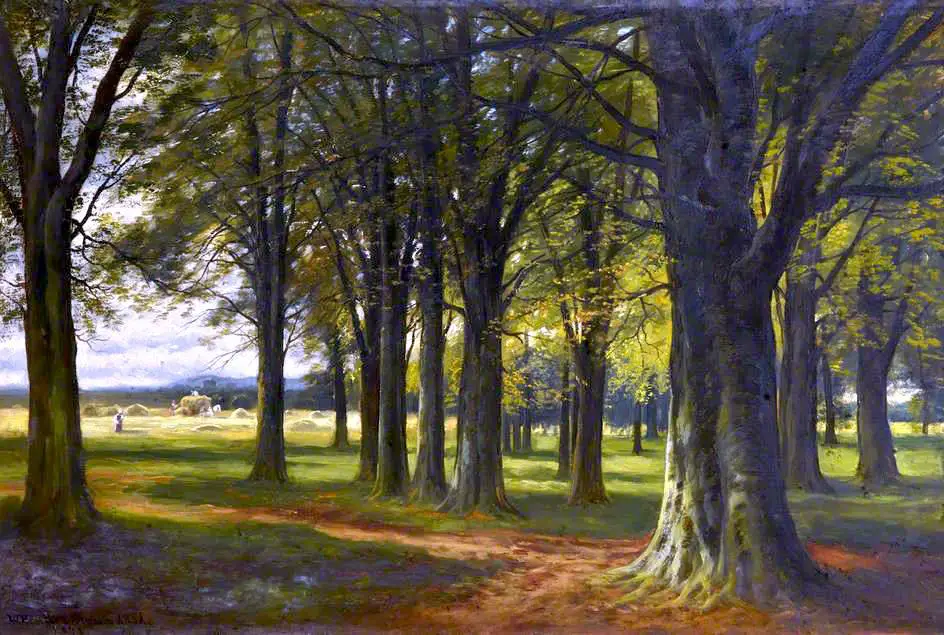
Early Life
William was a son of Adam Brown, a farmer and his wife Ann Beattie. He was born on 9 November in the year 1831 in the Parish of Haddington near Edinburgh. The family moved out of Edinburgh to Leith and William was educated at Leith High School.


From an early age, he showed interest in art. He worked as a glass stainer for an apprentice to the well-known firm of Messrs. He entered the Trustees’ Art Academy under the charge of Robert Scott Lauder even before he completed his apprenticeship. Horatio MacCulloch, George Paul Chalmers, Sam Bough, and William Bell Scott were his companions and fellow students.

Career
He was seventeen when first exhibited a picture ‘On the Forth’ in the year 1848, at the Royal Scottish Academy and he continued to exhibit annually till his death. He was very efficient and skilled as a draughtsman and was employed to make illustrations for some medical works. His passion for as an artist brought him much work and he restored pictures for an art dealer Henry Doig.

He went to Belgium to study and gain more experience and he principally used water-color but his famous works are in oil color. His main themes were Scottish Highland Landscapes and his subjects included Surrey, Kent, and Yorkshire.
He was amongst the first outdoor Scottish artist to practice his pictures completely from nature which clearly explains his enthusiasm and pragmatism towards his work.

Achievements
He was elected as an associate at the Royal Scottish Academy in 1871 and an academician in 1884. His diploma picture was a characteristic highland landscape ‘Coire-Na-Faireamh’ in 1883 which is now in Scottish National Gallery, Edinburgh.

His other depictive works are in the public galleries in Manchester, Oldham, Bolton, and Liverpool. He regularly exhibited at the royal academy, London and also at the Glasgow and other Scottish exhibitions.

Later Life and Death
He adopted a more glowing scheme of color in his later years than he used in his earlier works. His technical expertise and realistic line and tone in his work made his pictures more noticeable. He married Henry Doig daughter Esther Love Doig in 1858 and had three sons and six daughters. His eldest son became a portrait and figure painter, H.W.Jennings Brown. William died on 31 March 1909 in Edinburgh.